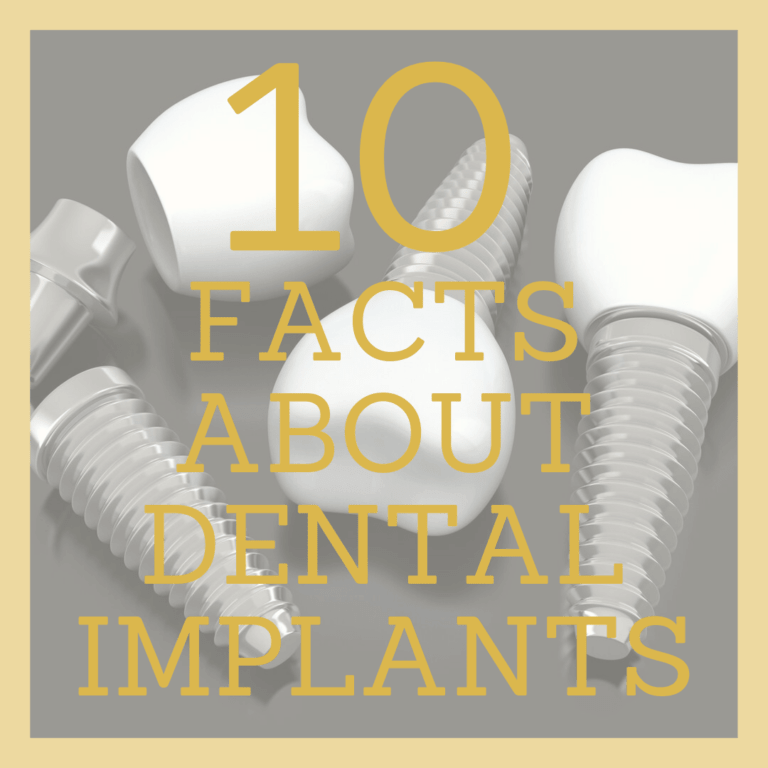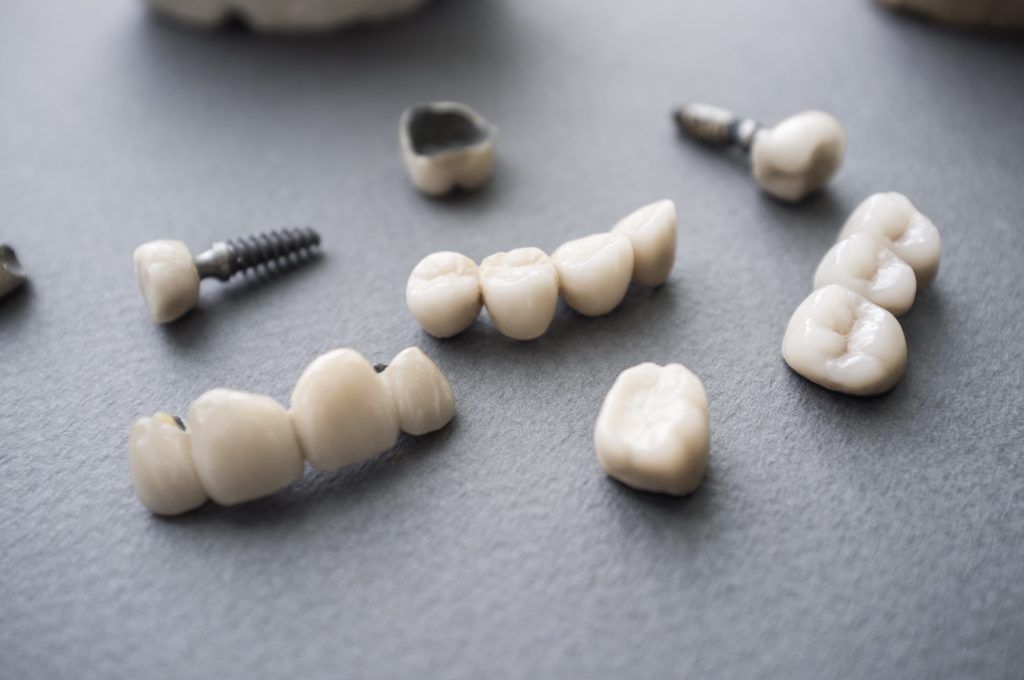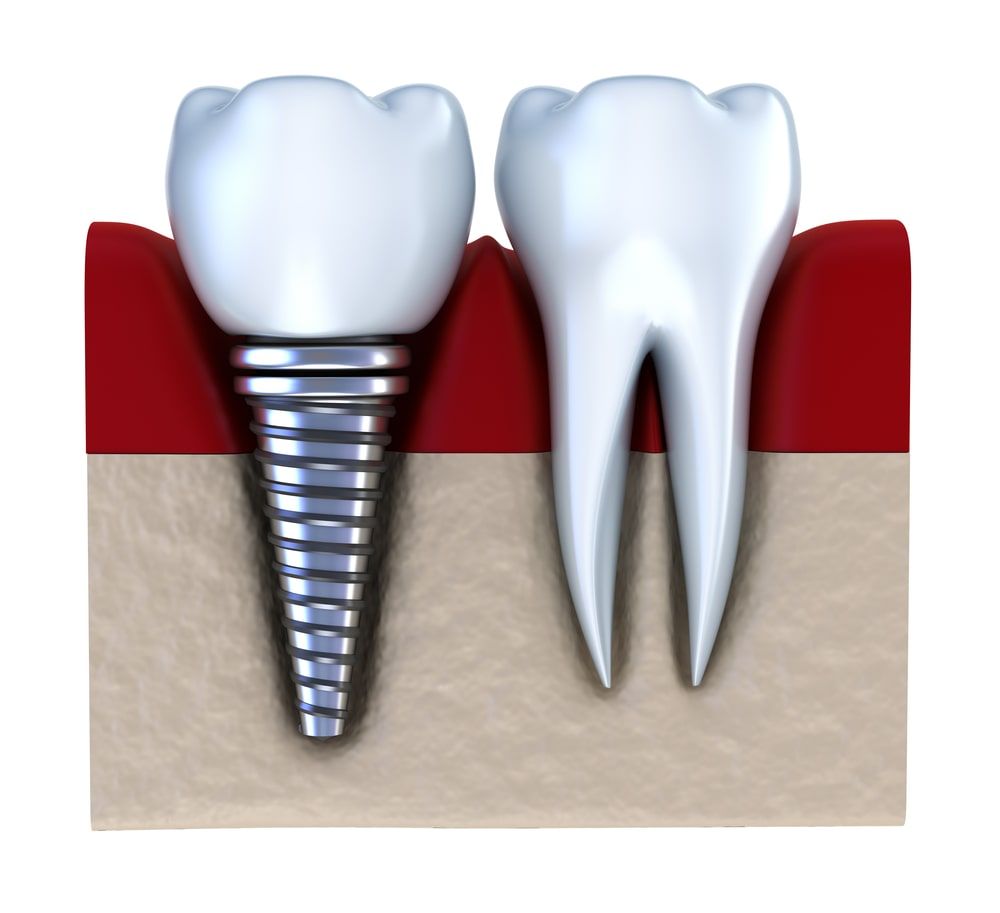10 Facts About Dental Implants Part II

Last week, we started with the first five facts about dental implants. Here is part II of “10 Facts About Dental Implants”:


Can Support a Variety of Dental Prosthesis
One great thing about dental implants is that they can support a variety of dental prosthesis depending on the patient’s needs. Dental implants can easily support dental crowns, dental bridges, partial dentures, and complete dentures. The amount and location of missing teeth will determine which type of dental prosthesis is the best option. It is important to note that certain types of dental prosthesis, for example bridges and both variations of dentures, often require the use of more than one dental implant for proper stabilization.

Can Be Used for a Single Tooth or Full Mouth Restoration
Since dental implants can support different dental prosthesis, they can be used to restore a single or multiple missing teeth. Dental crowns are used to restore a single missing tooth, dental bridges and partial dentures can restore multiple adjacent teeth, and complete dentures can restore an entire arch or mouth of teeth.

They Must Osseointegrate
After dental implants are placed into the jawbone, they must undergo osseointegration. Osseointegration is the term used to describe the process by which surrounding bone grows around the implant screw, fusing it in place. Osseointegration is what gives dental implants their strength and it is essential for the success of the procedure. If the implant fails to fuse with the surrounding bone, it will lack proper support and can become loose or even fall out.

They Prevent Bone Loss
In order to maintain bone mass, the jawbone must receive stimulation through the force of chewing and biting. When a tooth or teeth are lost, the lack of stimulation initiates a process called bone resorption where the bone tissue is reabsorbed into the body to be used elsewhere. This causes the surrounding bone to deteriorate. Over time, this can result in dramatic changes in facial structure. Since dental implants act as artificial tooth roots, they stimulate the jawbone in the same way as natural teeth. By stimulating the jawbone, dental implants prevent bone resorption from occurring and maintain adequate bone mass.


They Mimic Natural Teeth
While all cosmetic restorations aim to restore the natural appearance of teeth, only dental implants are able to truly mimic natural teeth in both appearance and function. They are able to almost completely restore normal chewing and speaking functions. Additionally, they do not slip, rub, or cause sores like traditional dentures while maintaining the health of the jaw bone, preventing changes in facial appearance.
Now that you have learned more about dental implants, you can see why they are so popular in the cosmetic and restorative dentistry world. They offer versatility, strength, longevity, aesthetics, function, and even bone health. Their various benefits make them unparalleled by any other restorative method. Ultimately, if you are looking for a restorative treatment that is as close to natural teeth as possible, dental implants may be the treatment for you.

Dr. John Batlle attended the UF College of Dentistry where he received his Doctor of Dental Medicine degree in 1983. After graduating, he worked for the State of Florida and received his commission in the Navy Reserve Dental Corps. He was deployed to Guantanamo Bay, Cuba in 2002 where he served as the dentist for Detainee Operations and Navy Hospital GTMO. He recently retired from the U.S. Navy Reserve after 26 years of service.

